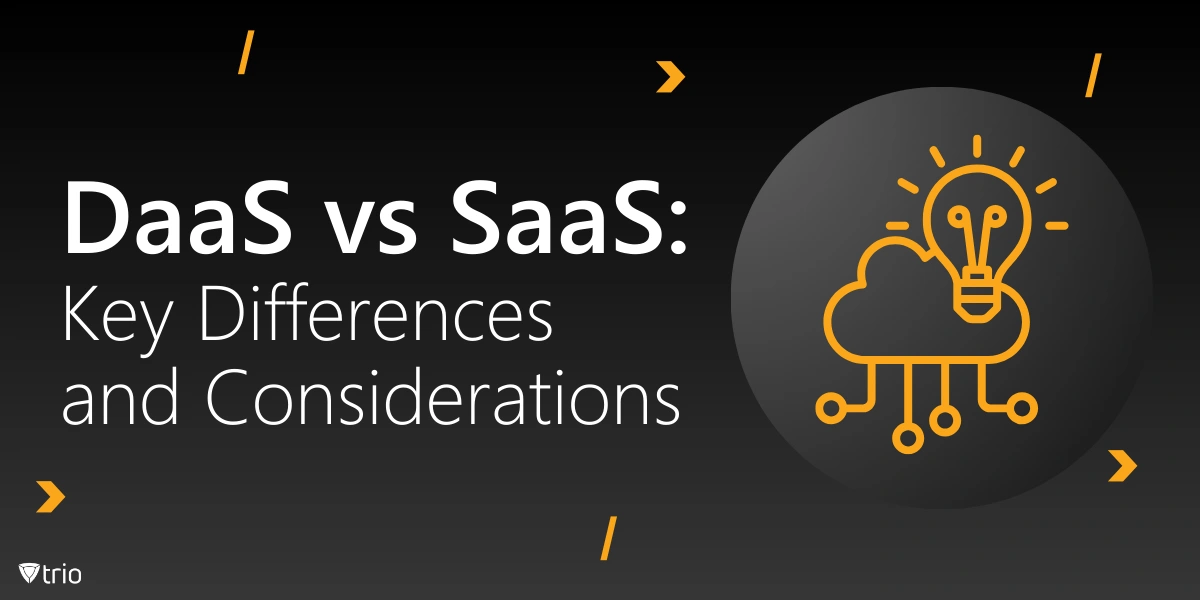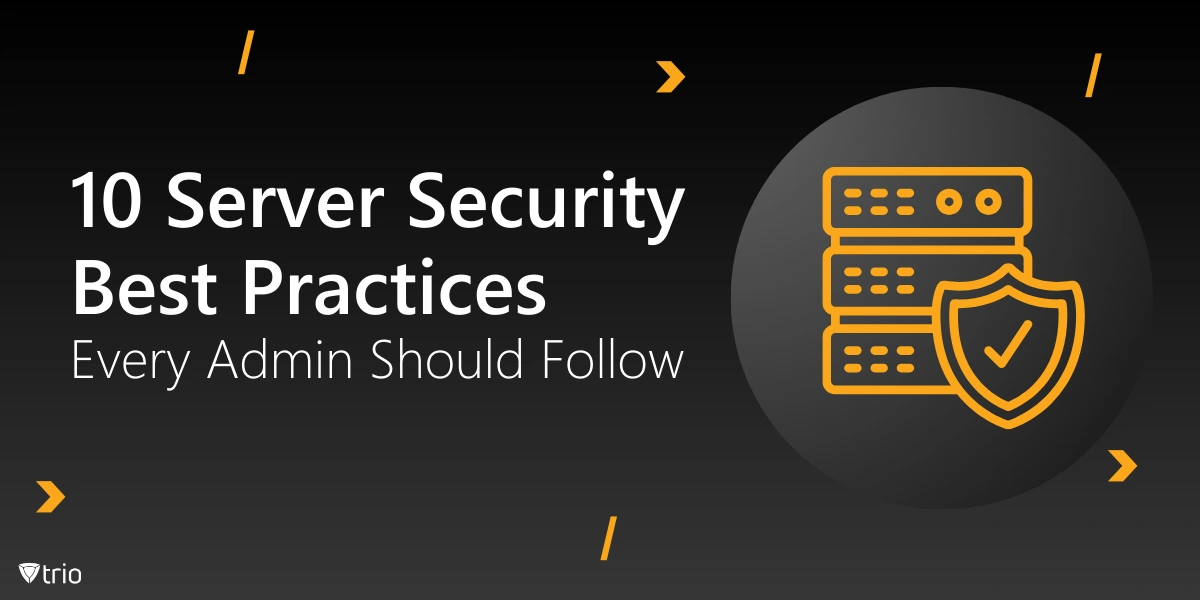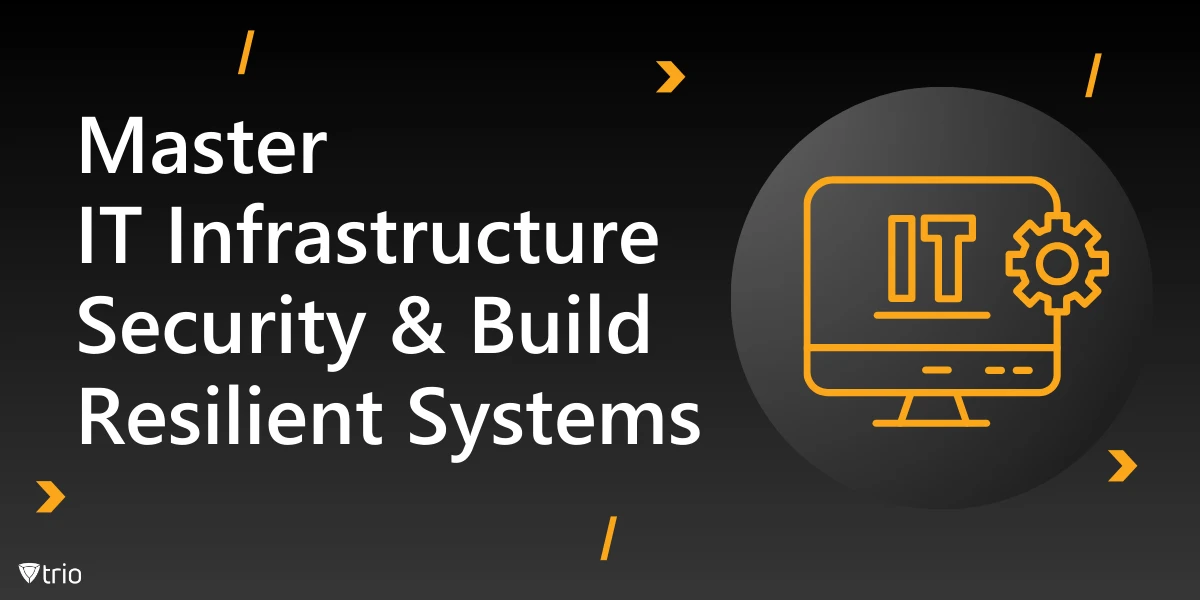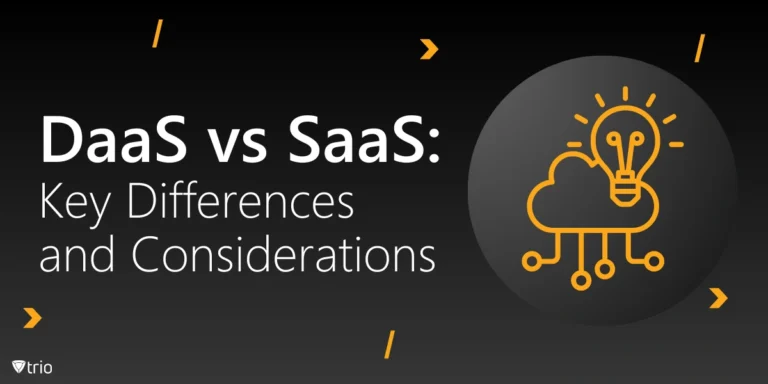In the intricate world of modern IT infrastructure, the art of server management goes far beyond routine maintenance. The critical role of log management can’t be overstated; it’s the backbone that supports security protocols and operational efficiency by meticulously logging information. Without effective log management, organizations risk security breaches, compliance issues, and operational inefficiencies that can be costly and damaging.
Optimizing your log management process is essential for transforming raw data into actionable insights. By gaining deeper visibility into system activities, organizations can detect anomalies before they become significant threats. This article introduces the top 10 best practices that will help you refine your log management strategies and strengthen your IT operations against potential threats.
1. Centralize Your Logs
In an era where systems span across various platforms and locations, centralizing your logs is a game-changer. Consolidating logs from multiple sources into a single system simplifies data analysis and enhances visibility. This approach is particularly beneficial for cloud server management, where resources are distributed yet need unified oversight.
Centralization helps in reducing the time needed for troubleshooting and incident response. A unified view can significantly minimize downtime by allowing IT teams to identify and address the root causes of issues more effectively. When choosing a centralized logging solution, look for log management systems that offer scalability and real-time analytics. Be cautious of pitfalls like inadequate storage planning or selecting tools that don’t integrate well with your existing infrastructure. A well-implemented centralized system not only saves time but also empowers your team to respond swiftly to incidents, ensuring business continuity.

2. Implement Log Retention Policies
Establishing proper log retention policies is crucial for compliance and effective forensic investigations. Retaining logs for appropriate periods ensures that vital information is available when you need it most, whether for auditing purposes or dissecting a security incident. Neglecting this can leave your organization exposed to regulatory fines and operational blind spots. According to the US Securities and Exchange Commission, certain regulations mandate specific log retention periods to ensure compliance.
Retention policies aren’t just about storing data—they are about smart data management. When setting retention periods, consider factors like legal requirements, the sensitivity of the data, and storage costs. Some industries mandate retaining logs for several years, while others have more flexible guidelines. It’s also essential to periodically review retention policies to ensure they align with evolving compliance standards and business needs. Balancing these factors will help you develop a retention strategy that is both compliant and cost-effective, without overwhelming your storage capabilities.
3. Ensure Log Security and Integrity
Logs are treasure troves of sensitive information, making them attractive targets for malicious actors. If unauthorized users access or alter logs, it can compromise your entire security framework. Integrating robust security measures with Windows Server user management helps safeguard your logs from internal and external threats.
Consider employing role-based access controls to restrict who can view or modify logs. Implement best practices like encryption and stringent access controls to protect your log data. Security log management should include regular audits, intrusion detection, and real-time monitoring. Another effective measure is to use hash functions to ensure that logs haven’t been tampered with. By ensuring the integrity and confidentiality of your logs, you maintain trust in your data and uphold the resilience of your security measures, which in turn strengthens your entire security infrastructure.
4. Use Automated Log Monitoring and Alerts
Manual log monitoring is no longer feasible in today’s fast-paced IT environments. Automated systems offer the advantage of early detection of anomalies and a swift response to incidents. By setting up automated alerts, you can immediately address issues like unauthorized Active Directory authentication attempts or unusual network traffic patterns.
Automation not only reduces human error but also enables quicker response times, which is vital in preventing security breaches. Defining alert thresholds is critical to avoid alert fatigue—ensuring that your team can focus on genuinely significant threats rather than false positives. Tailor your automated systems to focus on high-priority events and continuously refine them based on evolving threats. Automation not only enhances security but also allows your IT staff to concentrate on strategic initiatives rather than routine monitoring, ultimately leading to a more proactive security posture.
5. Standardize Log Formats
Analyzing logs with varying formats is akin to deciphering multiple languages simultaneously—it’s inefficient and error-prone. Standardizing log formats across your organization eliminates these challenges. By adopting common log formats like JSON or XML, you ensure consistency, which simplifies parsing and analysis.
Standardization also facilitates seamless integration with analytics tools and helps prevent compatibility issues that can hinder real-time monitoring. It also aids in faster troubleshooting and more effective correlation of events across different systems. Implementing uniform log formats is a straightforward step that yields significant benefits in the long run. Additionally, standardized log formats improve collaboration between different departments, as everyone can understand and work with the data more efficiently. Consistency across formats ultimately helps in making faster, data-driven decisions.
6. Regularly Review and Analyze Logs
Routine log analysis is a proactive measure that can prevent minor issues from escalating into major problems. Regularly reviewing logs helps you identify trends, detect security threats, and optimize system performance. Neglecting this practice can leave your organization reactive rather than proactive.
It’s essential to establish a regular schedule for log analysis, as consistency will yield more meaningful insights. Utilize log management software that offers intuitive dashboards and advanced analytics capabilities. These tools streamline the review process, allowing you to focus on insights rather than data collection. Tools with AI-driven analytics can also help identify patterns that might not be evident through manual review. Schedule regular analysis sessions to stay ahead of potential issues, make informed decisions based on real-time data, and adapt to changing business and security requirements. This ongoing vigilance is key to maintaining a robust and resilient IT infrastructure.
7. Implement Log Backup and Recovery Procedures
Protecting against data loss is a fundamental aspect of data center security best practices. Logs can be lost due to hardware failures, cyberattacks, or even human error. Implementing robust backup and recovery procedures ensures that you can restore critical log data when needed.
Your backup strategy should include redundancy, ensuring that multiple copies of log data exist in separate locations. Schedule regular backups and store them in secure, off-site locations or cloud storage solutions. Automated backups are particularly useful in preventing gaps in log data. Test your recovery plans periodically to ensure that they work as expected, and refine them based on those test results. A comprehensive backup strategy not only safeguards your data but also enhances your organization’s resilience against unforeseen events, ensuring that no incident—whether accidental or malicious—leads to a permanent loss of crucial information.

8. Use Log Management Tools and Solutions
Leveraging specialized tools can significantly enhance your log management efforts. Efficient software management is key to handling the vast amounts of data generated daily. Log management tools offer features like real-time monitoring, automated alerts, and advanced analytics, which streamline your operations.
When selecting a solution, consider factors such as scalability, ease of integration, and user-friendliness. The ability to generate insightful reports is another valuable feature that can provide an overview of system health and assist in strategic planning. Ensure that the tool aligns with your organization’s specific needs and can adapt as those needs evolve. Investing in the right tools can lead to significant time savings, more effective incident response, and ultimately better business outcomes. Specialized log management tools can turn overwhelming data sets into comprehensible insights, allowing your team to operate more efficiently and focus on more strategic projects.
9 . Integrate Logs with SIEM Systems
Integrating your logs with Security Information and Event Management (SIEM) systems elevates your security capabilities. SIEM platforms aggregate log data from various sources, providing enhanced security through comprehensive insights and real-time threat detection.
A well-integrated SIEM system not only consolidates log data but also applies advanced analytics to detect anomalies and potential threats. Effective integration involves configuring your log sources to feed into the SIEM system seamlessly. Ensure that data formats are compatible and that parsing rules are correctly set up. Regularly update correlation rules within the SIEM to adapt to new threats, as cyber threats are constantly evolving. This integration transforms your logs into a powerful tool for proactive security management, enabling your organization to be less reactive and more anticipatory in its approach to potential vulnerabilities.
10. Train Your Team on Log Management Practices
Technology alone isn’t enough; the human factor is crucial for successful log management. Your team’s expertise can significantly impact how effectively your log management strategies are implemented. Continuous training keeps your staff updated on the latest tools, threats, and best practices.
Provide training resources like workshops, certifications, and access to ongoing education opportunities. Additionally, establishing a mentorship system within the team can facilitate knowledge transfer and help new members get up to speed quickly. Encourage knowledge sharing within the team to foster a culture of continuous improvement. Regularly update training materials to reflect new tools and methodologies. By investing in your team’s skills, you enhance not only log management but also overall operational efficiency. An informed team can more effectively identify irregularities, reduce response times, and ensure compliance, thereby contributing to a more robust IT security posture.
Trio: Seamless Log Management
Did you know that mobile devices are increasingly becoming sources of critical log data? Mobile Device Management (MDM) isn’t just about controlling devices; it’s about harnessing the wealth of information they generate. Trio bridges the gap between traditional log management and modern MDM, providing a unified platform that enhances visibility across all endpoints.
Our solution simplifies the log management process by integrating mobile device logs into your centralized system. This comprehensive approach ensures no data slips through the cracks, bolstering your security and operational efficiency. Ready to experience the difference? Our MDM solution works in tandem with existing SIEM systems, providing end-to-end visibility from desktops to mobile devices. This means enhanced anomaly detection, streamlined compliance reporting, and improved incident response capabilities. Try our free demo and see how Trio can transform your log management strategy, providing peace of mind and actionable insights at every step.
Conclusion: Elevate Your IT Operations with Proactive Log Management
Mastering log management is a strategic necessity for any organization aiming to excel in today’s digital landscape. By implementing these 10 best practices, you strengthen your defenses against security threats, streamline compliance efforts, and enhance overall operational efficiency.
Don’t forget that log management is an ongoing process. Revisiting your log management strategy periodically ensures that it keeps pace with emerging threats and evolving infrastructure. Don’t wait for a security breach or compliance issue to force change. Take proactive steps now to integrate these strategies into your daily operations. Remember, effective log management is an evolving discipline that requires continuous attention and improvement.
Embrace these best practices, and watch as your IT operations become more resilient, responsive, and ready to tackle the challenges of tomorrow. Continuous refinement and adaptation will allow you to stay ahead of potential threats and fully leverage the power of log data to optimize your IT infrastructure.








